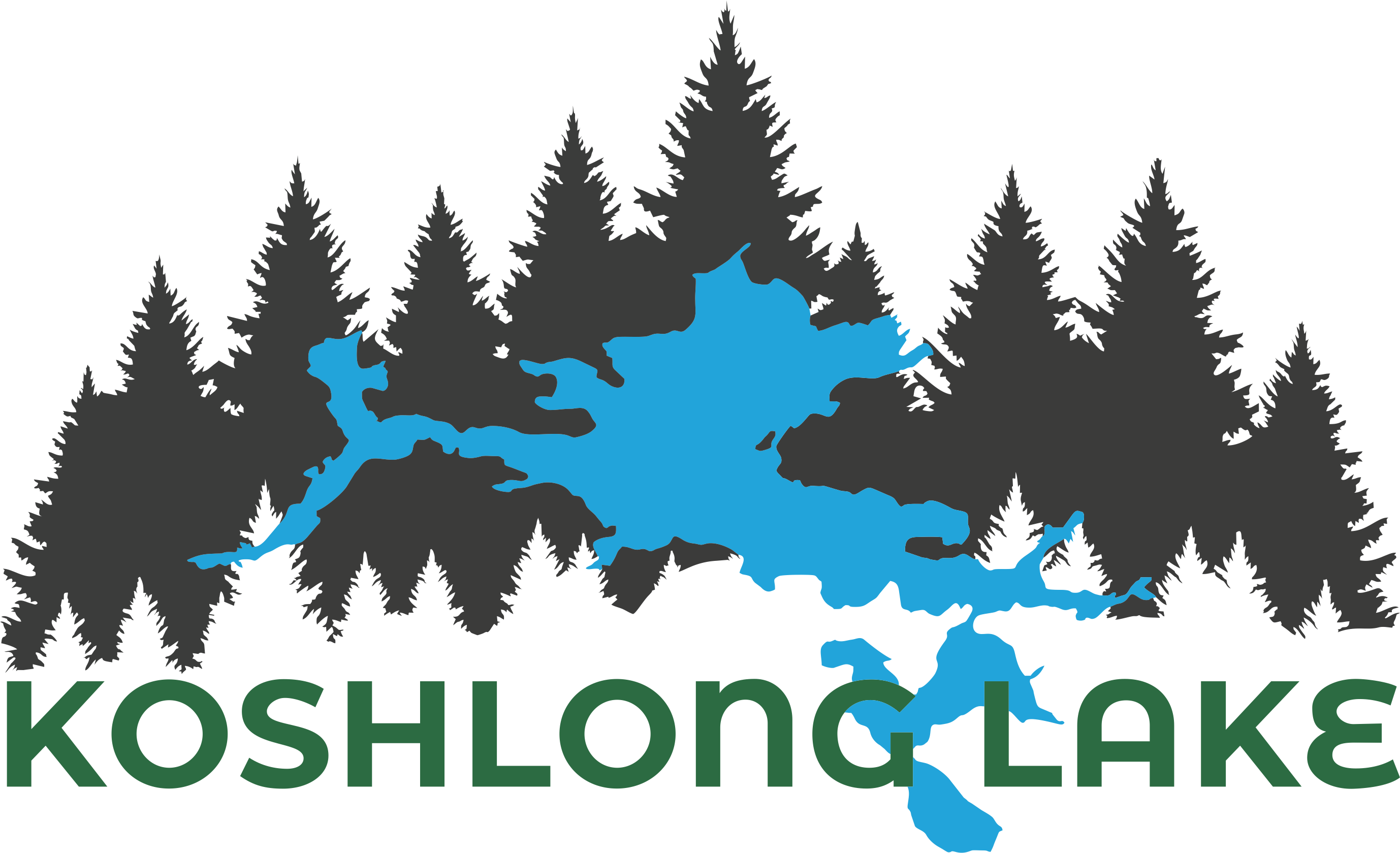Indigenous Neighbours
of Koshlong:
Toward Truth & Reconcilitation
background
In May of 2021, many Canadians were rocked by the discovery of 215 unmarked graves at Kamloops Indian Residential School in BC. An outpouring of grief, anger, sympathy and activism followed across the country. As an Association, the KLA confronted the question of our own responsibility to speak and to act.
Our first step has been to take a closer look at the 2015 report of the Truth and Reconciliation committee, and to understand the treaty relationships with First Nations in the geographic area of Koshlong Lake and Haliburton -- namely, the Nations of Curve Lake, Hiawatha, Alderville, Scugog Island, Rama and Beausoleil -- all signatories to Treaty 20 or the Williams Treaties. It is important to understand that the treaty relationships between Indigenous Nations and settlers are ongoing ones, not simply historic cessions or seizures of land – that is, under Canadian and International law these Nations have an Aboriginal right to hunt, gather and fish for food, social or ceremonial purposes, and we have obligations to honour those rights. Based on this understanding, the KLA developed and adopted a land acknowledgement, which is intended to be only a first step in further action to restore past, present and future connections with our Indigenous neighbours.
Our real work now is to educate ourselves about the history of Indigenous relations, the harms of colonial policies, and the cultures, struggles and worldviews of Canada’s Indigenous people today – lessons most of us lacked during our primary or secondary education. Toward that end, we have identified some resources here that we hope you will explore -- whether you prefer podcasts, TV, fiction or memoir, or you want to take a deep dive into full reports or coursework, there is something here for everyone, to help us all deepen our understanding of Indigenous issues and move our community toward the goals of reconciliation. And if you have found other resources interesting or helpful, please, let us know!
study
Indigenous Canada, free online course from the University of Alberta
read - reports
- Honoring the Truth, Reconciling for the Future , Report of the Truth and Reconciliation Commission
- UN Declaration on the Rights of Indigenous Peoples
- It’s Our Time, Digital Education Toolkit from the Assembly of First Nations
Read - Nonfiction
- 21 Things You May Not Know About the Indian Act – Bob Joseph
- Braiding Sweetgrass -- Robin Wall Kimmerer
- From the Ashes – Jesse Thistle
- Indian in the Cabinet – Speaking Truth to Power – Jody Wilson-Raybould
- Indigenous Peoples Atlas of Canada – Canadian Geographic
- Seven Fallen Feathers – Tanya Talag
- The Inconvenient Indian – A Curious Account of Native People in North America – Thomas King
- True Reconciliation -- Jody Wilson-Raybould
- Up Ghost River – Edmund Metatawabin
- Unreconciled – Jesse Wente
- Valley of the Birdtail -- Andrew Stobo Sniderman & Douglas Sanderson
Read - Fiction
- Medicine Walk – Richard Wagamese
- Five Little Indians – Michelle Good
- Indian Horse – Richard Wagamese
- This Accident of Being Lost – Leanne Betasamosake
read more...
- CBC Booklist: Indigenous Writers to Read to Understand Residential Schools
- #Indigenous Reads from the Government of Canada
watch
- Reservation Dogs (2021) – available on Hulu
- The Grizzlies (2018) – available on Netflix
- Beans (2020) – available on Crave
Listen
Organizations
Residential Schools: A Primer
Between the mid-19th and late-20th centuries, there were at least 130 residential schools, mostly run by churches and supported by the Canadian government. The goal of the Residential School system was to “kill the Indian in the child”. It was but one tactic of the 1876 Indian Act, which aimed to assimilate Indigenous peoples into the newly formed state of Canada. The actions stemmed from an underlying assumption that Indigenous peoples – their cultures, histories, governments, languages and spiritual practices – were somehow less than human.
Many thousands of children were forcibly taken from their homes, and many never returned. Although the existence of unmarked gravesites was reported in numerous testimonials in the 2015 final report of the Truth and Reconciliation Committee (TRC), it was not until the deployment of ground-penetrating radar that the harsh reality presented to the Canadian public at large. It is estimated that 150,000 First Nations, Inuit and Métis children passed through the system before the last school closed in 1996. However, the removal of Indigenous children from their homes did not cease, it merely shifted to child welfare agencies: today, there are per capita 5-10 times as many Indigenous children in custody as there are children from the Canadian population at large.
The TRC report shows that, despite the eventual closure of the schools, the impacts on Indigenous people are far from in the past. The forced removals have had devastating inter-generational effects on families, have created ruptures in communities and in their languages, education, and cultural practices, and can be linked to many persistent social problems. In both systematic and unwitting ways, mainstream Canadian culture has continued to erase Indigenous life and history from public consciousness. The Truth and Reconciliation Report, and the events of the last year, call on us to rectify that.
Thanks to KLA member Rob Horsburgh for his photograph of Wallace Island used as the background photo throughout this site
